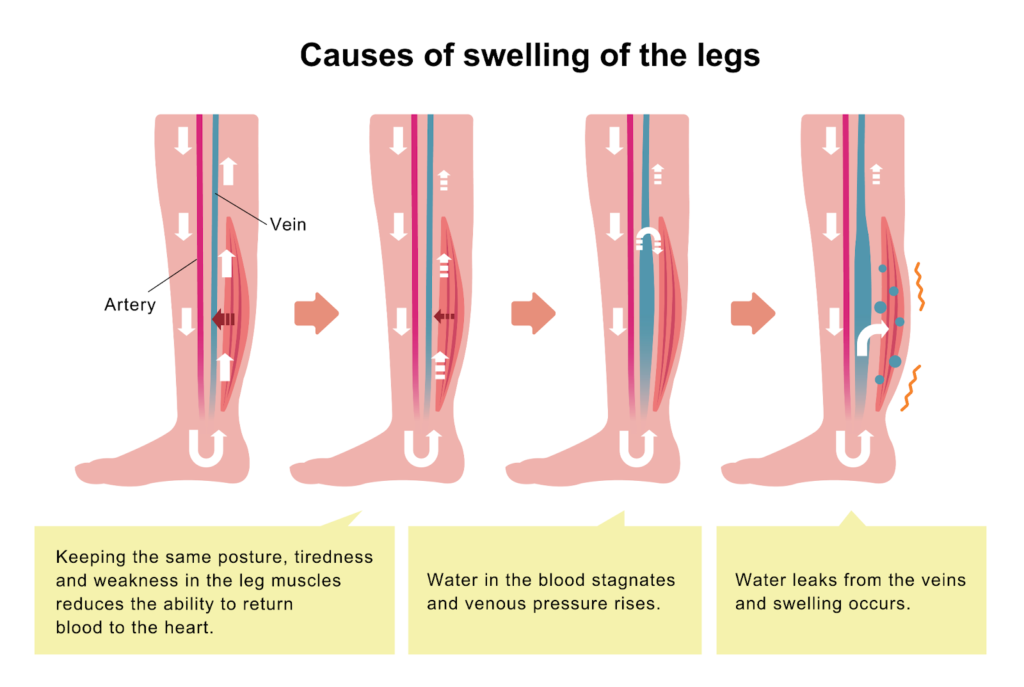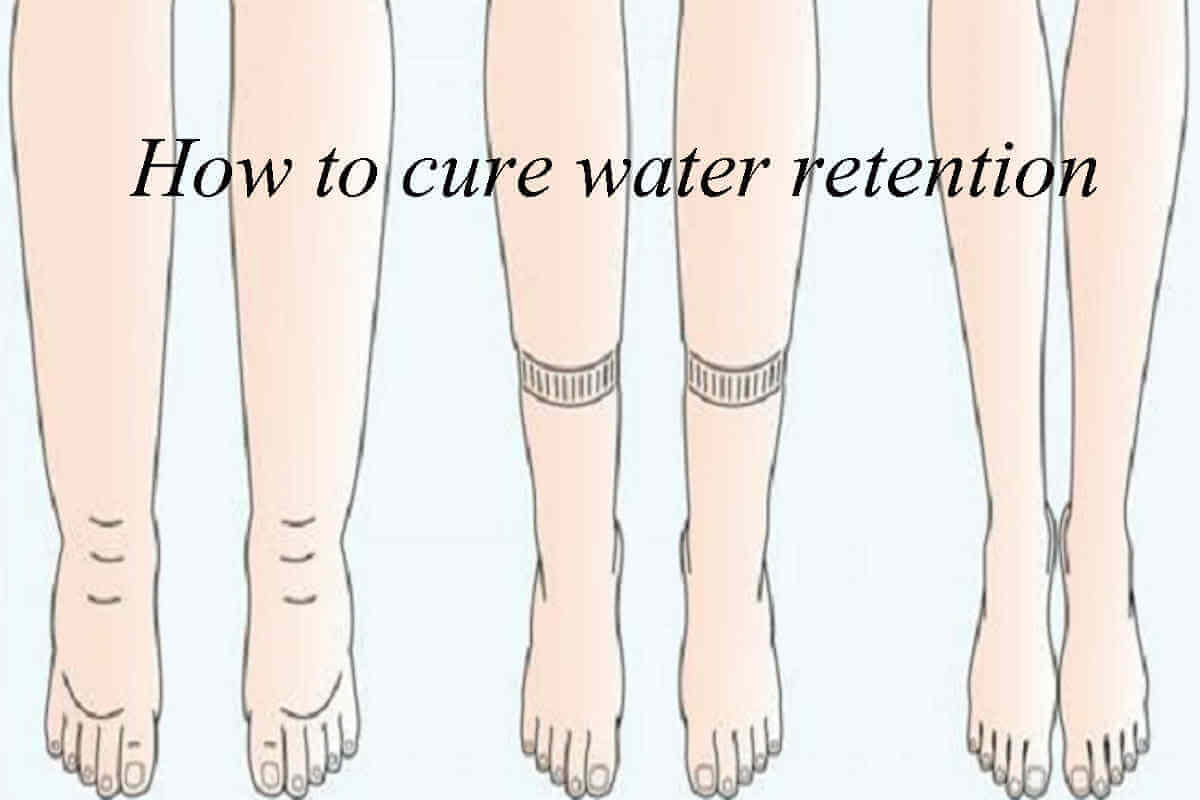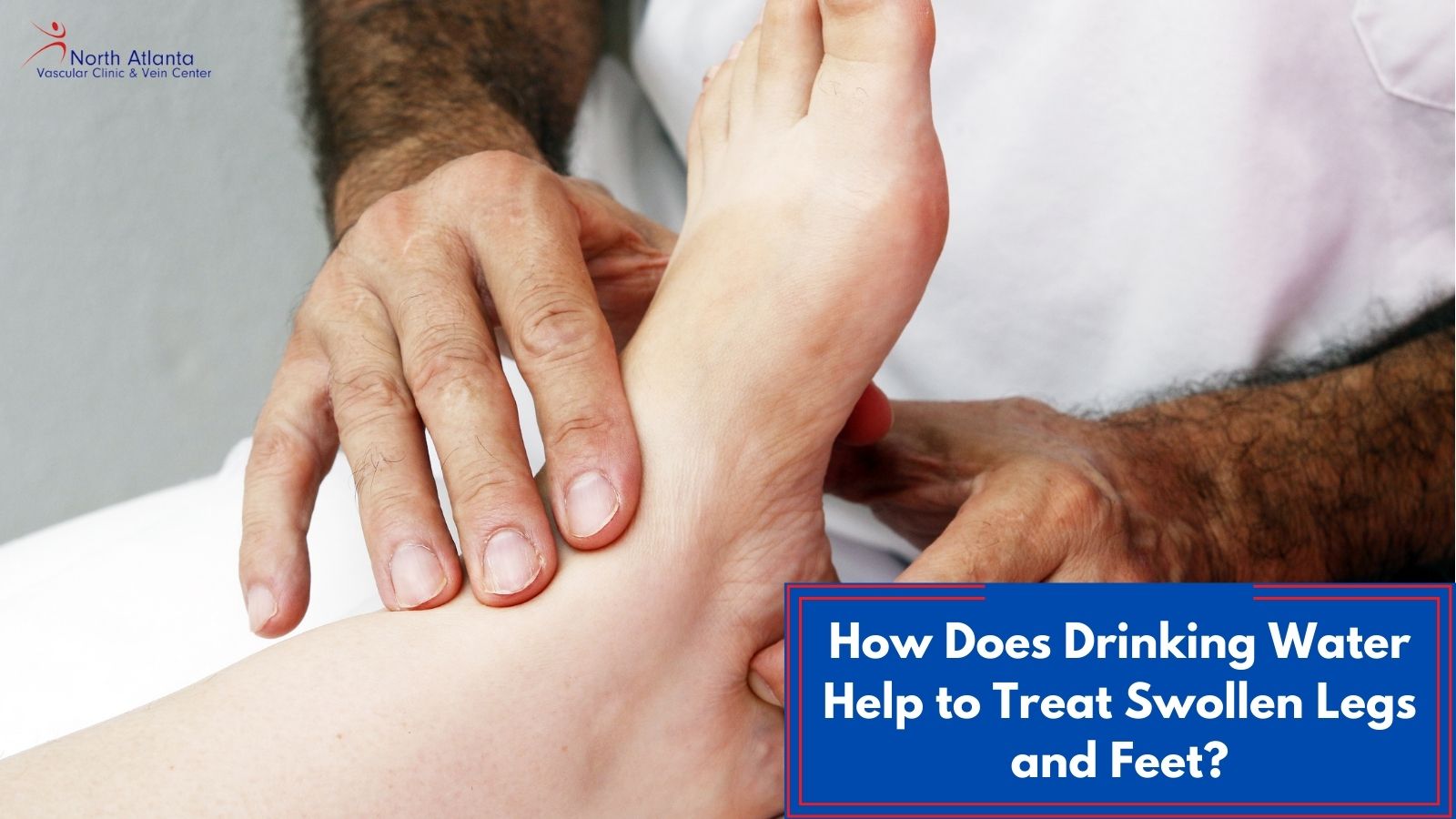Does Walking Reduce Fluid In Legs

Swollen legs and ankles, often caused by fluid retention, are a common ailment, particularly among older adults, pregnant women, and individuals with certain medical conditions. A frequently asked question is whether simple walking can alleviate this uncomfortable and sometimes painful condition. This article explores the science behind walking and its impact on fluid accumulation in the legs, drawing upon expert opinions and available research.
At its core, the question boils down to whether physical activity, specifically walking, can effectively combat the underlying mechanisms that lead to fluid buildup in the lower extremities. Understanding the interplay between circulation, lymphatic drainage, and muscle activity is crucial to answering this question definitively.
The Science Behind Leg Swelling and Walking
Leg swelling, medically known as edema, occurs when excess fluid accumulates in the tissues of the lower legs and ankles. This can be triggered by various factors, including prolonged standing or sitting, pregnancy, heart failure, kidney disease, and venous insufficiency.
Venous insufficiency, a common culprit, arises when the veins in the legs struggle to efficiently return blood to the heart. This can lead to blood pooling in the lower legs, increasing pressure in the capillaries and causing fluid to leak into surrounding tissues.
How Walking Helps
Walking can play a significant role in reducing fluid retention through several mechanisms. Firstly, the contraction of leg muscles during walking acts as a natural pump, aiding in venous return.
This "muscle pump" effect helps push blood back towards the heart, reducing the pressure in the leg veins and minimizing fluid leakage. Secondly, walking stimulates the lymphatic system, a network of vessels responsible for draining excess fluid and waste products from tissues.
The lymphatic system relies on muscle activity to function effectively, and walking promotes lymphatic drainage, helping to clear accumulated fluid from the legs.
Furthermore, regular walking can improve overall cardiovascular health. A stronger heart can pump blood more efficiently, reducing the likelihood of fluid buildup in the legs.
Expert Opinions and Research Findings
Medical professionals generally recommend walking as a safe and effective way to manage mild to moderate leg swelling. Dr. Emily Carter, a vascular specialist at the Mayo Clinic, emphasizes the importance of incorporating regular physical activity into a daily routine.
"Walking is a simple yet powerful tool for managing edema," Dr. Carter states. "It helps improve circulation, strengthens leg muscles, and promotes lymphatic drainage, all of which contribute to reducing fluid retention."
Research supports the benefits of walking for reducing leg swelling. A study published in the Journal of Vascular Surgery found that regular walking significantly reduced edema in patients with chronic venous insufficiency.
The study highlighted that consistent walking, even for short periods each day, can improve venous function and alleviate symptoms such as swelling and pain.
Another study, conducted by the American Heart Association, revealed that individuals who engaged in moderate-intensity walking had a lower risk of developing heart failure, a condition often associated with fluid retention.
Important Considerations and Precautions
While walking offers numerous benefits, it's crucial to consider individual circumstances and potential limitations. Individuals with underlying medical conditions, such as heart failure or kidney disease, should consult with their doctor before starting a new exercise regimen.
In some cases, leg swelling may be a symptom of a more serious underlying condition that requires specific medical treatment. Self-treating with walking alone may not be sufficient, and delaying proper medical care can have adverse consequences.
It's also important to wear comfortable shoes and socks that provide adequate support. Avoid walking for prolonged periods on hard surfaces, as this can exacerbate discomfort and potentially worsen swelling.
Compression stockings, often recommended by doctors, can be used in conjunction with walking to further enhance venous return and reduce fluid buildup. These stockings provide graduated compression, applying more pressure at the ankle and gradually decreasing pressure towards the knee.
A Human-Interest Angle
Maria Rodriguez, a 68-year-old retired teacher, struggled with chronic leg swelling for years due to venous insufficiency. She found relief through a combination of walking and compression stockings.
"I used to feel so uncomfortable and self-conscious about my swollen legs," Maria shares. "But after my doctor recommended walking and compression stockings, I noticed a significant improvement. Now I walk for 30 minutes every day, and my legs feel much lighter and less swollen."
Maria's story exemplifies the positive impact that walking can have on individuals struggling with leg swelling. It highlights the importance of adopting a proactive approach to managing this common ailment.
Conclusion
In conclusion, walking can be an effective strategy for reducing fluid in the legs, particularly when combined with other conservative measures such as compression stockings and elevation. The muscle pump effect, stimulation of the lymphatic system, and improved cardiovascular health all contribute to reducing fluid retention.
However, it's crucial to recognize that walking may not be a suitable solution for everyone, especially those with underlying medical conditions. Seeking professional medical advice is essential to determine the underlying cause of leg swelling and develop an appropriate treatment plan. Regular walking, when appropriate, offers a simple, accessible, and beneficial way to manage edema and improve overall well-being.


















